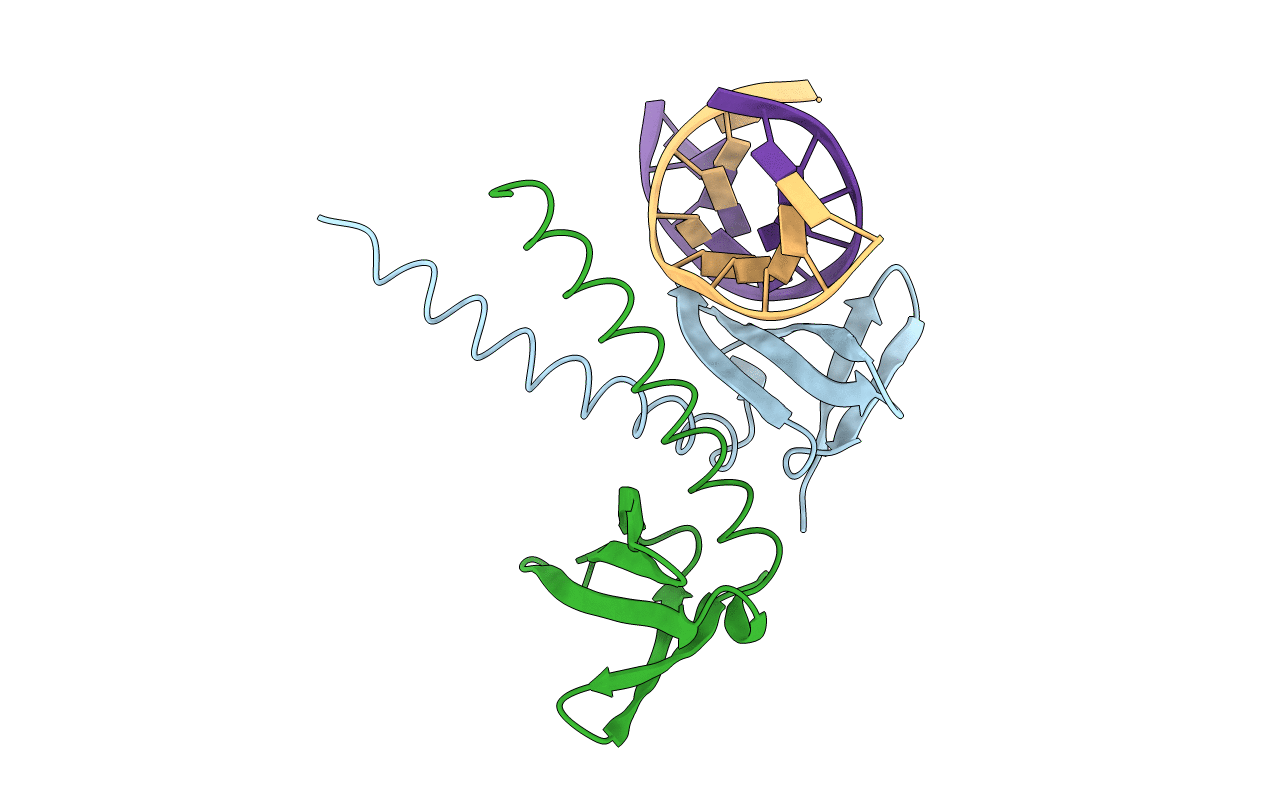
Deposition Date
2004-12-16
Release Date
2005-08-02
Last Version Date
2023-10-25
Entry Detail
PDB ID:
1WVL
Keywords:
Title:
Crystal Structure of Multimeric DNA-binding Protein Sac7d-GCN4 with DNA decamer
Biological Source:
Source Organism:
Sulfolobus acidocaldarius (Taxon ID: 2285)
Host Organism:
Method Details:
Experimental Method:
Resolution:
2.60 Å
R-Value Free:
0.26
R-Value Work:
0.23
R-Value Observed:
0.27
Space Group:
P 41 2 2


